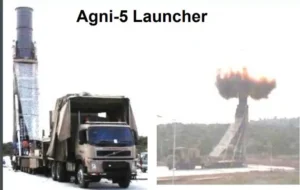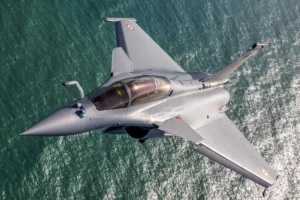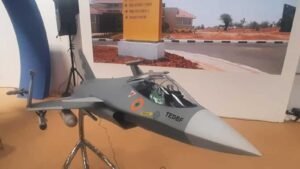Source : The EurAsian Times
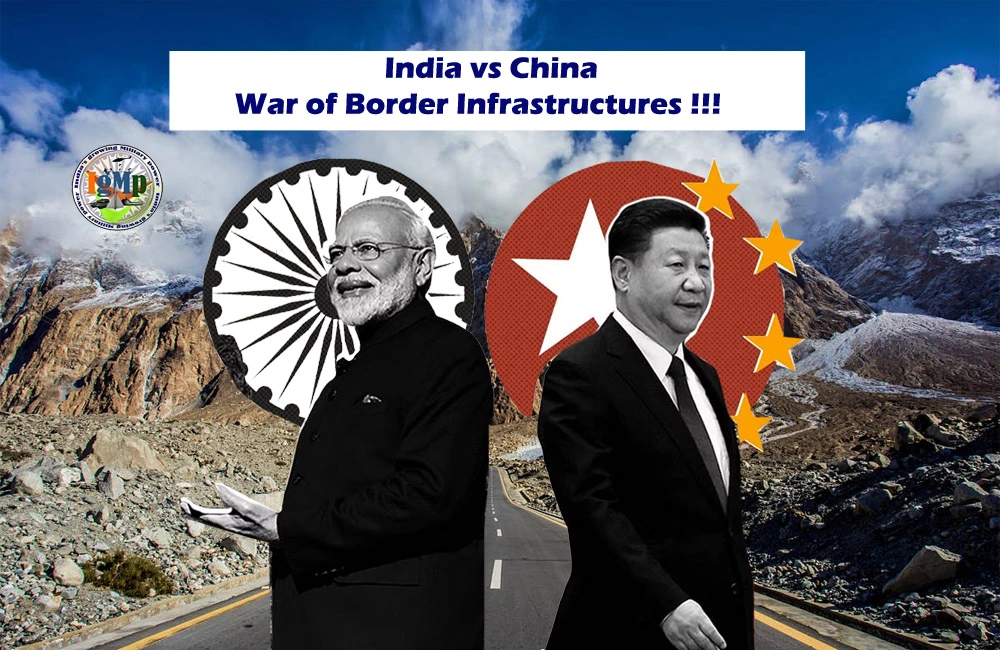
War of Border Infra: Right Under China’s Nose, India Constructing One Of World’s Highest Airports, Bridges & Tunnels In Kashmir
Indian government rejected a $1 billion investment proposal of Chinese electric car maker BYD to set up an electric vehicle manufacturing plant in India along with its Hyderabad-based partner Megha Engineering and Infrastructure Ltd (MWIL). India’s refusal has a security angle.
China urged India to fix ties after BYD’s failed EV factory bid. “Both countries should adhere to strategic judgment that they pose no threat to each other,” pontificated top Beijing diplomat Wang Yi (now replacing the disappeared former foreign minister Qi Gang) on BRICS sidelines.
In its revised policy towards India, Beijing seems to vacillate between carrot-dangling and sword-rattling. It is in China’s interests if it begins to abandon the fantasia of treating India along the 1962 premise.
It will have to realize sooner than later that much of its India policy is unrealistic and counterproductive.
National Security Adviser Ajit Doval represented India In the July 24 meeting of the Friends of BRICS in South Africa. Reflecting on the situation along the Line of Actual Control (LAC) in the Western Sector of the India-China boundary since 2020, Ajit Doval told his Chinese counterpart that the strategic trust had eroded, and so had the public and political basis of the bilateral relationship.
He emphasized the “importance of continuing efforts to fully resolve the situation and restore peace and tranquillity in the border areas.”
A few days earlier, the Minister of External Affairs met Wang Yi in Jakarta, Indonesia, where he discussed outstanding issues relating to peace and tranquillity in border areas. At that time, Wang was the Director of the Office of the Foreign Affairs Commission of the Communist Party of China Central Committee.
Indian Foreign Minister has repeatedly said that the situation along the LAC is not normal and China’s belligerent posturing is the main obstacle in helping normalcy return to the region.
The minister meant that China’s military buildup close to the border, making false territorial claims, provocative intrusions, and resorting to hegemonic stances are contrary to normalizing the situation.
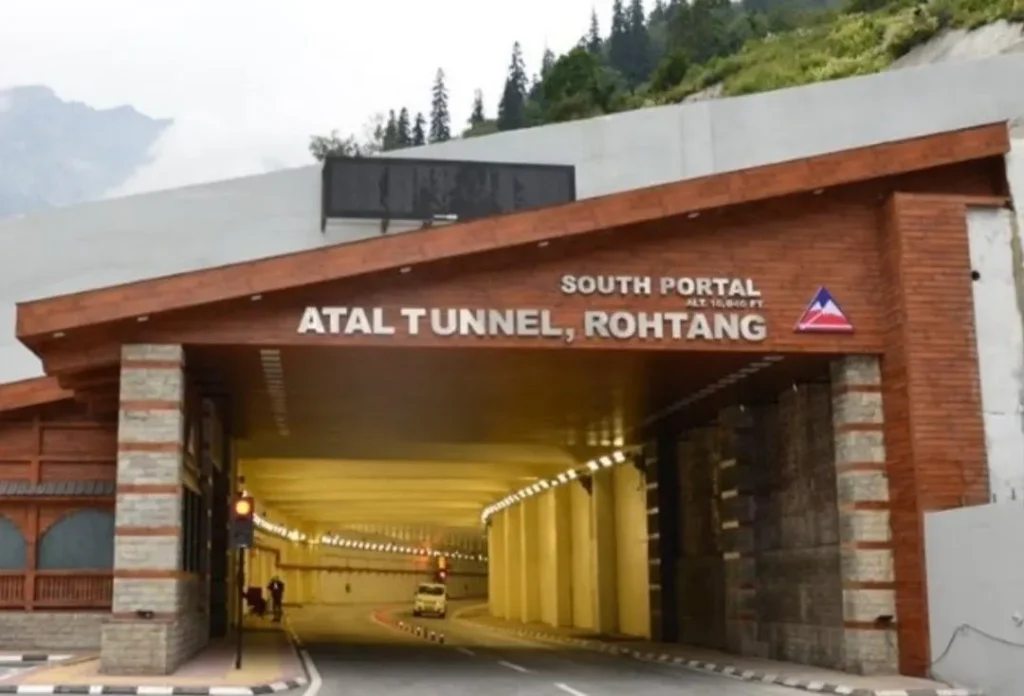
In his talks with the NSA, Wang stressed that China would never seek hegemony. He stands ready to work with developing countries, including India, to support multilateralism and democratizing international relations and promote a more just and equitable international order development.
China’s Word And Deed Differ
China has been parroting this rhetoric each time India invites its attention to the heavy military buildup Beijing is making close to the LAC. Satellite pictures in the possession of the Indian Defense Ministry testify to India’s security concerns along the Western Himalayan border.
The India-China military standoff has entered its fourth year. Dozens of meetings between senior ministers and military commanders to discuss and find a solution to the logjam have yielded zero results. Volatility along the 3,500-kilometre disputed boundary appears to be widening.
In December last year, soldiers of two sides scuffled in India’s north-eastern state of Arunachal Pradesh, also claimed by China. Last month China renamed eleven places in Chinese in Arunachal Pradesh which it refers to as South Tibet. It is the third time in six years that it issued new names for mountains, rivers, and other points in the territory.
India rejected the move, but the Chinese foreign ministry spokesperson, Mao Ning, defended it, saying that “Zangram” (Arunachal Pradesh) is part of China. This is a tactic China has used in other parts of Asia to bolster its claim on disputed territories. It has also renamed locations in the South China Sea and the East China Sea.
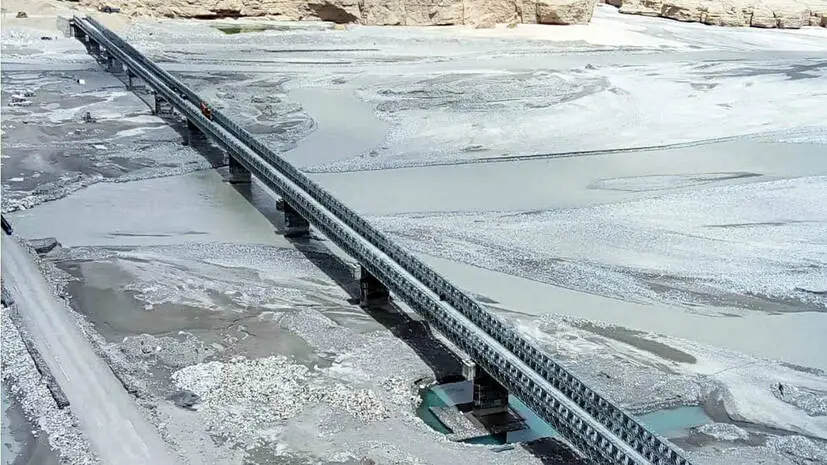
“Now, with China taking a much more aggressive stand on Arunachal, there are concerns that China wants to put multiple pressure points on India if only to push India to resolve some parts of this dispute,” explains Harsh Pant of ORF.
Strategically Important Ladakh
Considering the strategic importance of the Ladakh region to the northern security planning, the Union government has very righty – though belatedly – taken the crucial decision of connectivity and infrastructure building in all its parameters in the Ladakh region. China’s CPEC plan has immensely motivated Indian planners to maximize and modernize connectivity to the LAC in the western Himalayas.
Upgrading Connectivity
The Defense Ministry of India is taking the necessary steps to upgrade the delivery capability of Indian forces in the inhospitable region to its maximum. China may have an edge over India in producing highly sophisticated war machines, but India’s experience in fighting on the Himalayan heights is many times better than that of China.
The vision, decision, and willpower demonstrated by Nitin Jairam Gadkari, the current Union Minister for Road Transport & Highways, is notable in this entire narrative. He resolved the myth of inaccessibility to the mountainous region of Ladakh right up to Karakorum.

India has made a two-pronged mission of tearing apart the myth of inaccessibility to the Himalayan region on its side. The strategic Atal tunnel on the Manali-Leh link, along with upgrading the entire Manali-Leh road, is a completed mission.
The second mission is Jammu-Srinagar-Zojila-Kargil and Leh connectivity. Jammu-Srinagar’s 4-lane highway is almost complete. Expansion and four laming of Srinagar-Leh road is under construction.
But the most significant achievement is tunneling 12000 feet above sea level Zojila pass on Srinagar-Leh road. This marvelous feat of engineering was inaugurated in May 2018 by Prime Minister Modi.
The Zojila Tunnel will be a two-lane highway 9.5 meters wide and 7.75 meters high in a horseshoe shape—the New Austrian Tunnelling Method. The 14.15-kilometer-long tunnel, situated at an altitude of over 11500 feet, is an engineering marvel. When completed in 2026, it will ensure round the year connectivity with Leh.
The project is estimated to cost around 68.09 billion rupees. Burhan Andrabi, a senior manager at the project, said that of the total 14.15 kilometers, 6 kilometers of tunnel excavation had been completed, and work on the third bridge is underway.
Mostly local laborers working on the project. The highway will have two twin-tube tunnels, four bridges, two snow galleries, and a 2.3-kilometre cut-and-cover structure.
With the tunnel’s completion, the distance from Baltal to Meenamarg will come down to 13 kilometers from the present 40 km. Ensuring round-the-year connectivity to the Ladakh region and the LAC means greatly strengthening the defense prospect of the border with China and Pakistan along the Himalayas.
The tunnel has also been constructed, considering a day may come when the railway will be extended from Srinagar to Leh. The plan to expand the railway from Baramulla to Uri is already under consideration.
Along with these gigantic infrastructure projects, the Union Minister of Roads and Highways recently announced the 73-km stretch from Khannabal to Chandanwari to be constructed at the cost of Rs 1800 Cr.
The project will also include a 10.8 km long tunnel to be constructed along Sheshnag to Panjtarani stretch. The project will reduce the distance from Srinagar to the Amarnath cave shrine from three days to 8-9 hours.
Conclusion
The ambitious network connecting the Himalayan region to the rest of the country through motorable roads, highways, tunnels, bridges, by-passes, etc., is not to be viewed only from strategic and security parameters.
It also has other important dimensions, like enhancement of trade, tourism, pilgrimage tourism, untapped natural and water resources, etc.
The Khannabal-Panchtarani link would provide ideal features for new townships, including what the Kashmiri Pandits had visualized about their homeland in the Marg Darshan resolution of 1990.
This enormous infrastructural development brings Kashmir closer to the Indian mainstream and promises enormous prosperity for the entire state.
When these infrastructural marvels are completed, Kashmir will have the distinction of becoming home to some of the world’s highest railway bridges, airports, tunnels, and pilgrimage spots. War of Border Infra War of Border Infra War of Border Infra War of Border Infra War of Border Infra War of Border Infra War of Border Infra War of Border Infra War of Border Infra War of Border Infra War of Border Infra War of Border Infra War of Border Infra War of Border Infra IgMp


